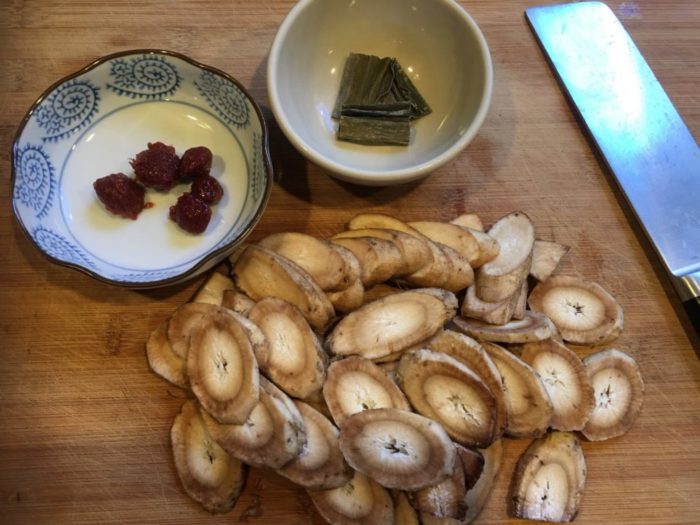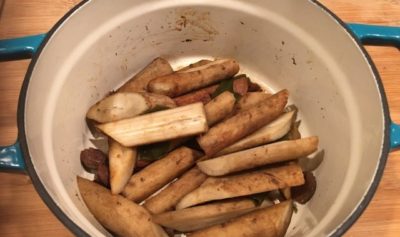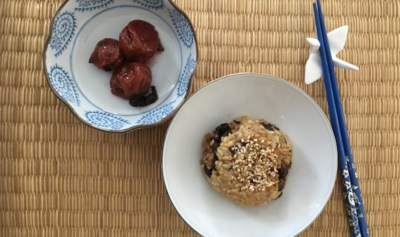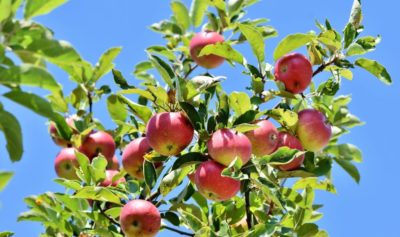This is the recipe for kinpira burdock umeboshi stew—a variation of the staple macrobiotic dish that is also one of my favorites.
Since ancient times, burdock root has been eaten as food and also its medicinal values. Dried burdock roots are used for making tea, while fresh burdock roots are usually consumed as a root vegetable in various dishes.
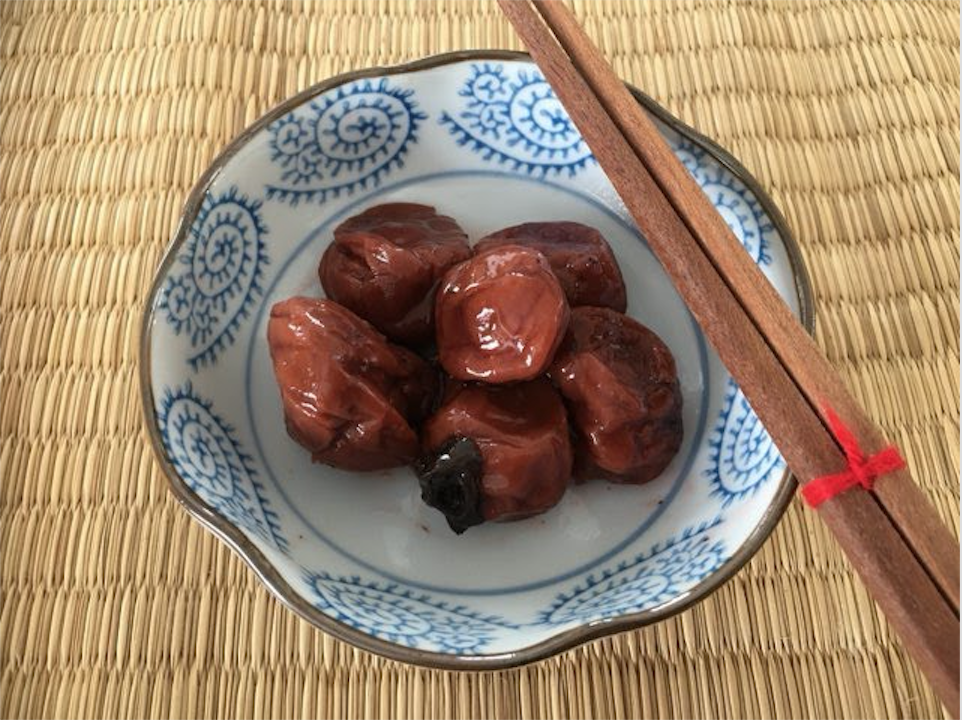
Since ancient times, burdock root has been eaten as food and also its medicinal values. Dried burdock root are used for making tea, while fresh burdock roots are usually consumed as a root vegetable in various dishes.
Umeboshi plums are considered as an ancient power food. The ancient folks revered these pickled plums for their wide-ranging medicinal values. Today, people value them for their culinary and medicinal values.
Kinpira Burdock Umeboshi Stew
Kinpira burdock umeboshi variation requires using oil to sauté the sliced burdock roots. After a few minutes, add some water for the nishime, slow-cooking process.
Nishime refers to the traditional Japanese-style of waterless cooking, or stewing with very little water. This dish is nourishing and warming for the cool autumn and wintry evenings.
To find out why burdock umeboshi stew is so good for you, please read my other blog for the nishime burdock umeboshi stew dish.
Kinpira Burdock Umeboshi Nishime Recipe
Here’s how to cook this dish.
You’ll need some oil for the kinpira process. You can substitute the sesame oil with organic olive oil or coconut oil for a slightly nutty flavor.
What You Need
- 300 grams burdock root (or about 40 inches long of the root)
- 5 or more umeboshi pits
- 2-3 inches strip kombu seaweed
- 1 Tablespoon of toasted organic sesame oil
- Toasted white sesame seeds (for garnishing)
Instructions
- Wash and scrub burdock root with a bristle brush. Leave the burdock skin intact.
- Cut burdock root into medium slices of about 1½ – 2 inches long.
- Add oil to the pot and heat the oil before adding burdock root.
- Kinpira or sauté the root vegetables for about 2–3 minutes. Then add water to partially cover the burdock slices.
- Next, add the umeboshi pits and kombu seaweed strips, if you don’t use kombu dashi stock.
- Cover pot and use high flame to bring liquid to a boil. Reduce to low flame and simmer the umeboshi burdock for about 20 minutes. Or until the burdock slices are tender.
- Tilt the lid slightly and continuing simmering to let the liquid evaporate, until there is very little water left in the pot.
- Sprinkle some toasted sesame seeds over the cooked burdock dish.
Four Points to Consider
- If you don’t have enough pits, add a few small pieces of the plum flesh so that the stew does not end up too bland.
- If you want to use kombu-dashi stock, consider preparing the stock beforehand and storing it in the refrigerator for this and other dishes.
- Those of you who want a little more oomph can consider adding a pinch of dried chilli flakes or cayenne pepper to the stew
- So what if you don’t have a drop lid, or otoshibuta in Japanese. Not to worry. Simply use a pot with a heavy lid. I choose to use my blue 2-Qt. round covered cast iron pot. This way I don’t need to use a drop lid.
- Finally, to reduce the cooking time, you can try cooking the burdock umeboshi stew in a pressure cooker.
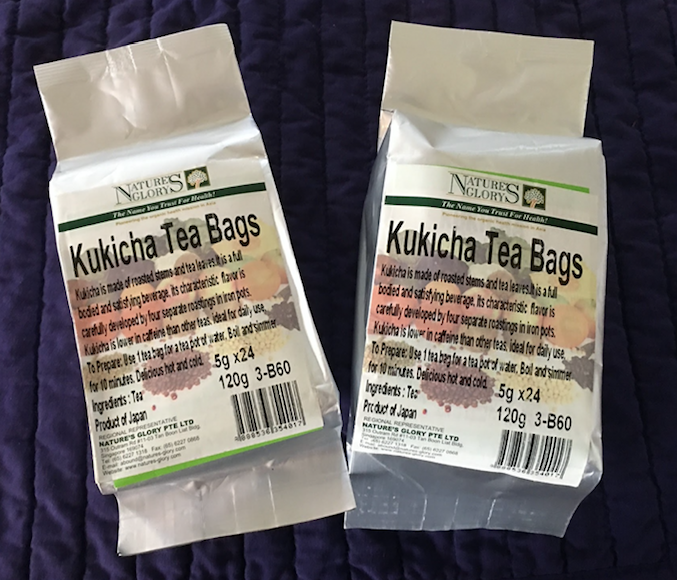
Serve your kinpira burdock umeboshi stew with warm pressured-cooked brown rice and a small bowl of miso soup, or cup of kukicha, or bancha twig tea.
A Harmonizing Effect
For a harmonious balancing effect, I like to pair my kinpira burdock umeboshi stew with a yuki nabe (or pot of snow). This is especially the case during the warmer summer months.
To understand the reasoning for the pairing of these two dishes, let’s briefly refer to the principle of the yin and yang. This ancient Chinese theory of yin and yang governs everything in this material dimension. According to ancient Chinese medicine, yin is considered as cooling and expanding energy, whereas yang energy is warming and contracting.
The white radish-tofu yuki nabe, which is more yin in energy, makes an ideal accompaniment for the warming yang kinpira burdock umeboshi stew.
More Food for Thought
Do not stir your both this kinpira burdock umeboshi stew and other nishime dish during and after the cooking.
In traditional culture, it is noted that foods cooked with minimal or no stirring exude a calming and quieting energy. So, keep in mind to choose the right pot, as you’re going to serve the food in the cooking pot.
Equally imperative is that the person preparing the dish should be calm and void of negative or chaotic thoughts. Foods prepared this way and cooked slowly on a low flame emanate harmonious and healing energies.
Where to Buy the Ingredients?
You can easily find fresh burdock root and kombu seaweed in most Asian grocery stores.
But, it may be more difficult to get good quality umeboshi plums, especially organic umeboshi plums. Over the years, I’ve used Eden, Mitoku, and Muso brands.
You can buy organic plums from various health foods stores. Alternatively, you can buy them from Amazon.com and other online stores.
Needless to say, organic umeboshi plums are quite pricey and so they are usually dold in small packets.

And if you’re going to use the pickled plums regularly, you might consider buying in bulk. The only place I know that sells organic umeboshi plums in one-kilogram (2.2 pounds) packet is Nature’s Glory in Singapore.
For more two decades, Nature’s Glory is my go-to place to buy organic umeboshi plums in bulk size. Whenever I visited Asia, I’d make it a point to stop over at the island city for these plums!
You can buy Nature’s Glory umeboshi plums in bulk from their online store, as this item is available for international shipping.
For more information, send them an email, and make sure you let them know how you’ve heard about them.
Conclusion
Oil free or with some oil? Kinpira burdock umeboshi stew is the right choice, if you prefer to have some oil in your cooking.
Eating burdock and the pickled plums cooked together is the way to go, if want to detox and strengthen your body simultaneously.
For the weight-conscious individual, you might like to know this. Because of its low-calorie content, burdock root is ideal for the weight-conscious individual.
But pay attention to the adage that moderation is the golden rule. Unlike the adzuki-kabocha pumpkin dish that you can eat everyday, go easy with this kinpira burdock umeboshi stew. The latter is a yang (or warming) dish. It’s not a dish to feast on everyday.
If you have a more yin disposition and don’t eat much yang foods like a lot of meats, you can eat this dish once or twice a week.
The rule of thumb is to always eat something in moderation. This is the secret to maintaining a harmonious the balance of yin and yang energies. Eating this dish every day may tip the scale and make you too yang, tense, and uptight.
Get Inspired and Enthused?
Check out the full recipes for umeboshi plums that I will be posting regularly.
- Nishime Burdock Umeboshi Stew
- Cucumber with Umeboshi
- Chilled Tofu with Umeboshi
- Miso Soup with Umeboshi
- Ume Ochazuke
Let me know which cooking style do you prefer when you have tried both the kinpira and the nishime burdock umebosh stew.
And do check my articles, 9 ways to enjoy umeboshi plums and 10 ways to use umeboshi plums.
Remember to check out my other umeboshi plums articles.
- Amazing Umeboshi Plums: Ancient Power Food
- 9 Ways to Enjoy Umeboshi Plums
- 10 Ways to Use Umeboshi Plums
- Nishime-style Burdock Umeboshi Stew
 Dr. Margaret TreyAuthor, Researcher & Wellness Advocate
Dr. Margaret TreyAuthor, Researcher & Wellness Advocate
